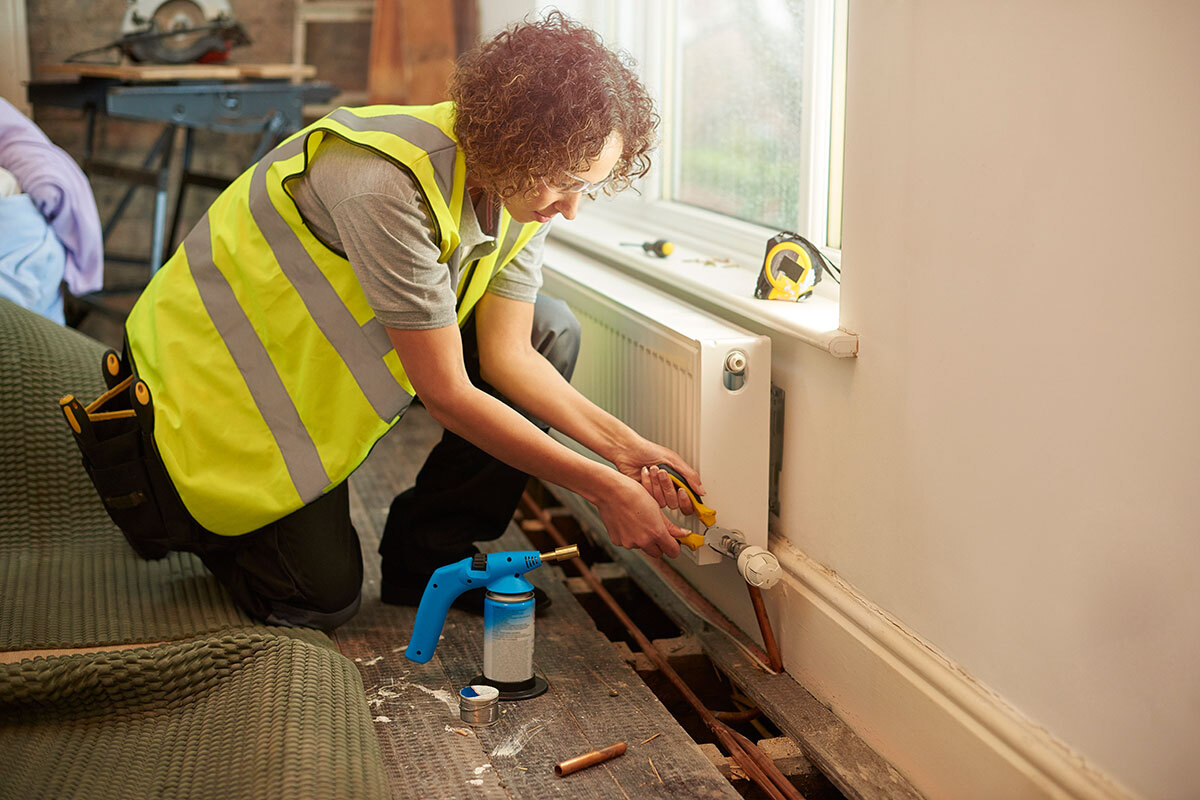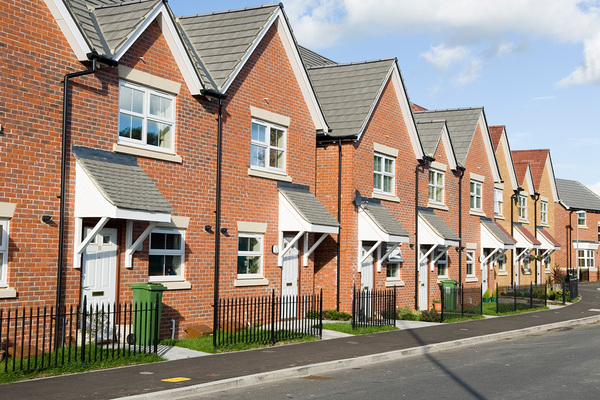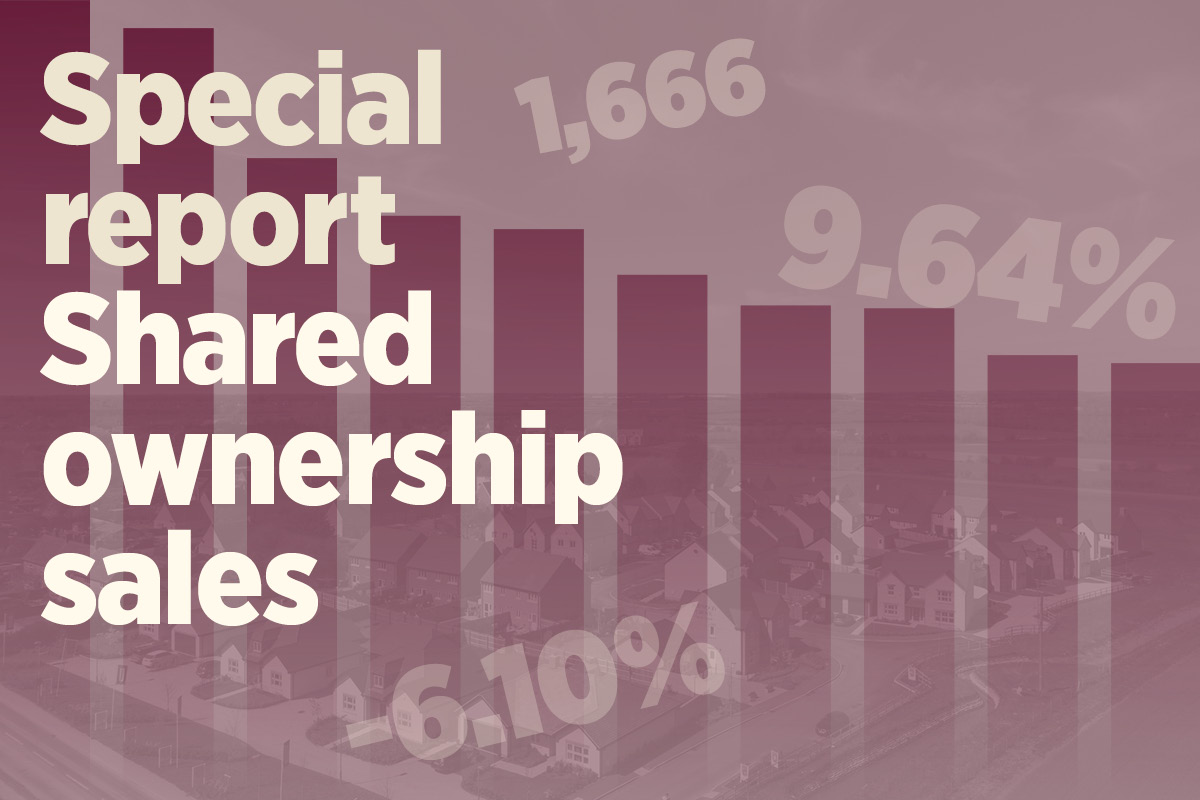Shared ownership leases: managing costs and charges through the initial repair period
As part of a widespread shake-up of shared ownership, the government has introduced a maximum 10-year “repair-free” period for new shared owners. Mark Foxcroft of Devonshires looks at what this means for registered providers.
Aside from the introduction of a 990-year minimum lease, by far, the biggest change to shared ownership has been the introduction of the initial repair period (IRP) for a maximum of 10 years from the date of the shared ownership lease, which means that landlords rather than shared owners may have to bear the cost of essential repair works to the external/structural parts of their building. As part of this, shared owners can also apply for a £500 contribution from their landlord each year for the cost of specified categories of internal repairs.
The IRP applies to new build homes for the first 10 years from the date of the shared ownership lease, or until the shared owner reaches 100 per cent ownership (whichever is sooner). Unsurprisingly, this fundamentally changes how registered providers need to manage their shared ownership properties for the first decade and will inevitably lead to difficult issues of management.
Further, by shifting the financial burden of the specified categories of repair from shared owners to landlords, registered providers may be dissuaded from offering such properties for sale.
One of the biggest challenges for providers is how they will manage mixed-tenure blocks and estates where there are both shared owners and long leasehold owners who could be required to contribute via the service charge to the provider’s costs.
With the introduction of the IRP, long-leasehold owners will be liable to pay the service charge towards external and structural repairs, but shared owners will not for up to a maximum of 10 years.
This means such mixed-tenure blocks will require strict and effective service charge budgeting and accounting to ensure that the right residents are being charged for the right elements of service charge. Not only will this be difficult to get right, it will inevitably lead to challenges from both shared owners and long leaseholders if providers get it wrong.
This will be made more difficult by the fact that the definition of ‘IRP’ in the model leases is expressed to be 10 years “from the date of this lease”. On the face of it, this means each shared owner will have their own 10-year IRP running from the date of their lease, meaning the landlord cannot ‘standardise’ the 10-year IRP for a block by giving all leases the same commencement date. Landlords will therefore have to carefully monitor each property’s IRP to ensure they are aware when it comes to an end.
Matters are further complicated as the new model forms of lease make it clear that, while providers will be entitled to collect service charges from shared owners into a sinking fund during the IRP, such funds cannot be used towards the costs of external and structural repairs. This begs the question of what the sinking fund could actually be legitimately used for during the IRP, as the significant cost of such external/structural works is what a sinking fund is traditionally for.
In response to queries raised on this point, Homes England has confirmed that while the costs of such external and structural repairs should not be factored into sinking fund charges for the first 10 years:
a) “Estimated costs beyond that can be included”; and
b) The shared owner can be required to pay any such sinking fund charges from the commencement of the lease.
By way of example, if a lift has a lifespan of 20 years, we take this to mean that the landlord could not collect sinking fund contributions in relation to the first decade of the lift’s life, but could start collecting such contributions for the second decade from year one, although they could not actually spend any such funds until year 11. Clearly, this adds complexity to the already complex sinking fund process and landlords will need to re-visit their approach to depreciation on this basis.
Further, during the IRP, the shared owner can apply to the landlord for a contribution of up to £500 per year towards “essential and genuine works” to certain parts of the interior of the property which are the shared owner’s responsibility under the lease.
There will inevitably be tension between landlords and tenants as to what works are essential and genuine, in particular in relation to works which are arguably required as a result of tenant use (eg damp/mould). It is clear, however, that the contribution does not apply to any works that arise due to the tenant’s breach of their lease.
Communication with leaseholders and the introduction and implementation of robust policies will be vital in order to minimise the amount of time frontline management staff will spend dealing with such issues.
Another key point to consider is when and how the £500 allowance accrues year-on-year. Again, strict record-keeping will be required to ensure that each shared owner’s allowance is properly tracked throughout the IRP.
Mark Foxcroft, partner, Devonshires
Sign up for the Social Housing Finance Conference
The leading one-day event for senior finance and treasury professionals
Brought to you by Social Housing magazine, the Social Housing Finance Conference (11 May, etc. venues, St Paul’s, London) is recognised as the longest-standing, leading one-day event bringing together sector leaders and senior finance and treasury professionals from across the sector to discuss the strategic, operational and technical finance matters of most importance.
RELATED









